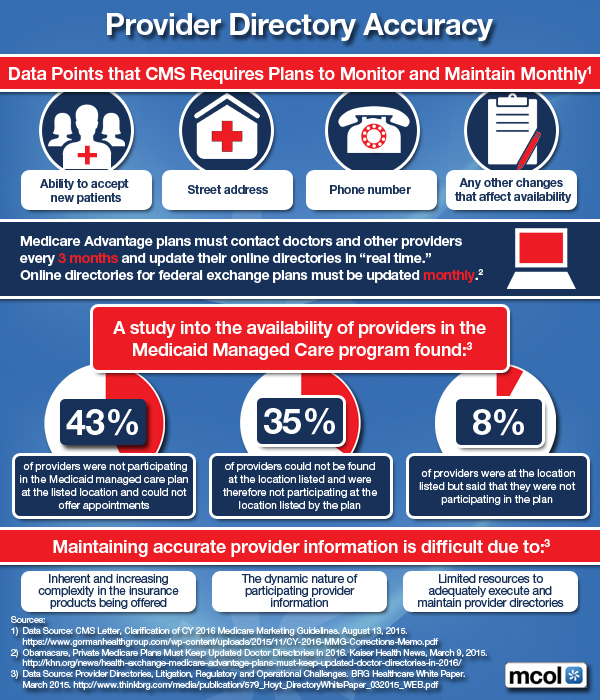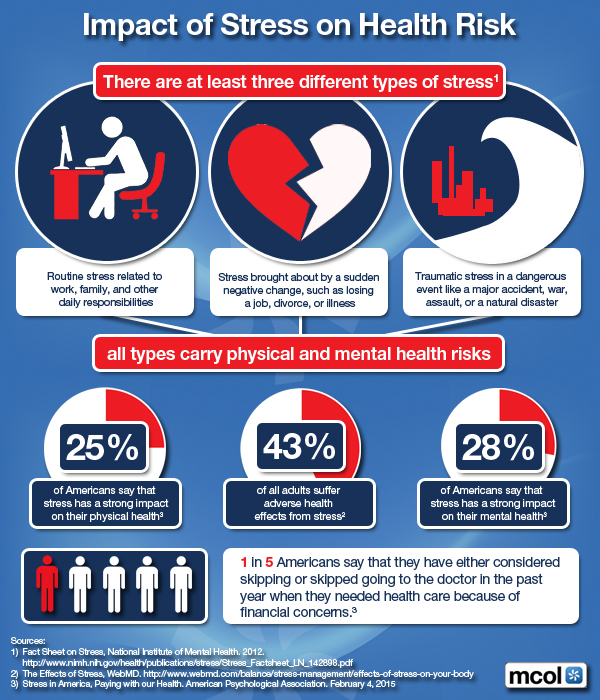By Claire Thayer, March 12, 2015
According to findings from The Fifth Annual Study on Medical Identity Theft, published by the Medical Identity Fraud Alliance, the number of patients affected by medical identity theft increased nearly 22 percent in the last year, an increase of close to half a million since 2013. Many of us by now have heard about the massive Anthem breach, affecting up to 80 million people and considered to be the largest security breach involving a major health organization. Anthem notes that "the information accessed may have included names, dates of birth, Social Security numbers, health care ID numbers, home addresses, email addresses, employment information, including income data." However, while, yes, the breach at Anthem was massive, they’re far from alone!
Since 2009, 109 health-plan related security breaches have been reported to the Department of Health & Human Services Office for Civil Rights. Breaches affecting 500 or more individuals is public information and accessible directly via the aptly named Breach Portal, where you can search by covered entity, state, type of entity (i.e., health plan, healthcare provider, etc), individuals affected, breach submission date, type of breach (theft, hacking/IT, improper disposal, etc., location of breached information).
MCOL's infoGraphoid this week highlights health plan related security breaches since 2009 and how patients found out that their medical identity was exposed:

MCOL’s weekly infoGraphoid is a benefit for MCOL Basic members and released each Wednesday as part of the MCOL Daily Factoid e-newsletter distribution service – find out more here.


 Share This Post
Share This Post 





















